There’s something irresistibly cozy about the rich, caramelized sweetness of onions paired with tender chicken, cheese melting just right on top. That’s exactly the charm of this French Onion Chicken Skillet Recipe. Trust me, once you make this, it quickly becomes a go-to for those moments you want a comforting yet elegant meal without the fuss.
Jump to:
Why You'll Love This Recipe
This French Onion Chicken Skillet Recipe takes that classic French onion soup vibe and transforms it into a wonderfully hearty chicken dinner. I remember the first time I made it – the aroma of caramelizing onions filling the kitchen was pure magic. It’s one of those recipes that feels fancy but is actually delightfully straightforward to pull off.
- Layered Flavors: The slow-cooked caramelized onions build a deep, sweet-savory base that makes every bite rich and satisfying.
- One-Skilled Simplicity: You don’t have to deal with multiple pots or pans—the skillet acts as your stage from start to finish.
- Cheese That Melts Perfectly: The combo of Gruyere and Parmesan adds that glorious golden crust and gooey finish that always wows guests.
- Homey Yet Elegant: It’s the kind of dish that works just as well for a weeknight dinner or a small dinner party.
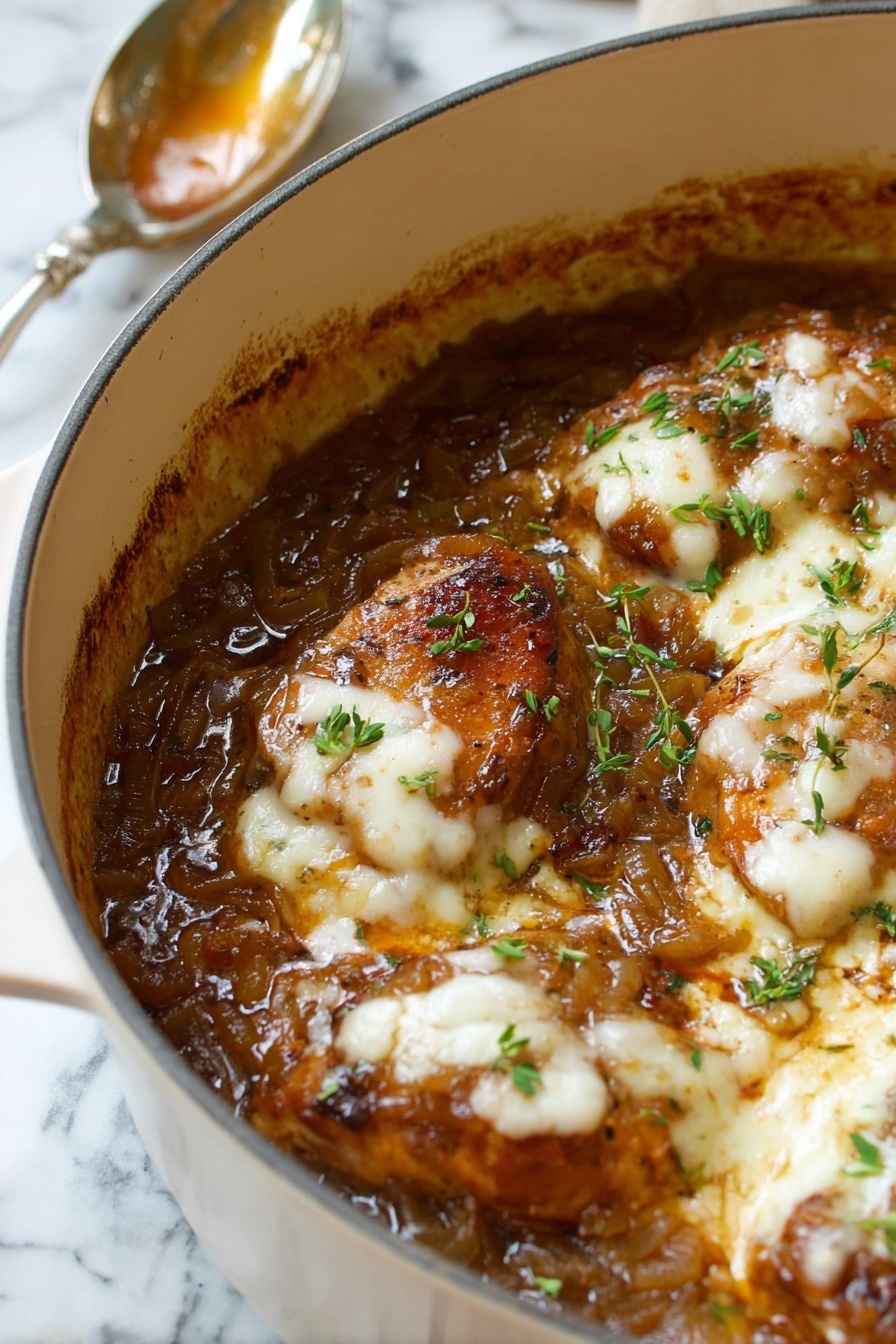
Ingredients & Why They Work
Each ingredient here is chosen to build layers of flavor and texture that remind you of classic French onion soup, but with a hearty chicken twist. I always suggest picking fresh onions and herbs—it really makes a difference—and a good quality Gruyere. Also, using homemade or low-sodium broth gives you control over salt and depth.
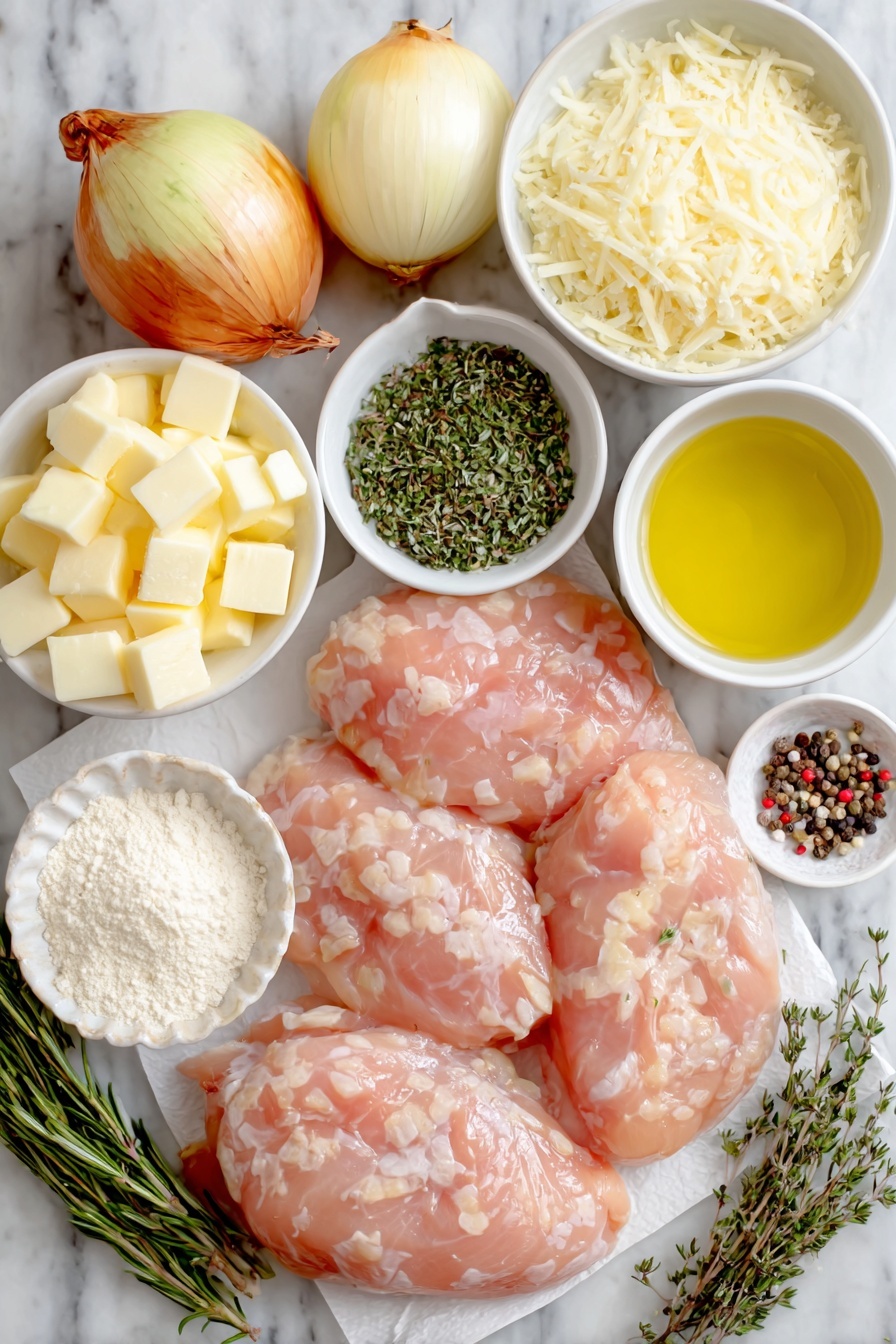
- Yellow onions: Their natural sweetness caramelizes beautifully, turning into the star of the sauce.
- Butter: Adds richness that helps the onions slowly soften and brown without drying out.
- Garlic: Brings a warm punch and complements the sweetness of the onions.
- Fresh rosemary and thyme: These herbs infuse the sauce with earthy, aromatic undertones that elevate the dish.
- Dry white wine (like Sauvignon Blanc): Adds acidity and depth; it lifts the sweetness and balances the richness of the cheese.
- Chicken broth: The base for the sauce—best homemade or low sodium to control flavor.
- Cornstarch: A little thickener for the sauce so it clings beautifully to the chicken.
- Chicken breasts: Flattening them ensures even cooking and tender bites throughout.
- Flour: For dredging—the crust it creates locks in moisture and adds a subtle crunch.
- Olive oil: Helps sear the chicken with a golden-brown finish.
- Gruyere cheese: Melts into a bubbly, savory blanket that’s nutty and slightly sweet.
- Parmesan cheese: Adds sharpness and a beautiful crust when broiled.
Make It Your Way
I’ve played around with this French Onion Chicken Skillet Recipe a bit, and it’s surprisingly versatile. I sometimes swap herbs depending on what’s fresh—like adding tarragon or sage in fall. Feel free to add a splash of balsamic vinegar to the onions for a tangy twist, or swap out chicken breasts for thighs if you want juicier meat and slightly more fat for richness.
- Variation: Using skin-on chicken thighs gives a crispy, flavorful skin that contrasts beautifully with the silky onion sauce—my family loved how juicy and tender it turned out!
- Dietary modification: For a gluten-free version, use cornstarch only (skip the flour coating) and brown the chicken carefully to maintain crispiness.
- Extra flavor: Try stirring in a spoon of Dijon mustard to the onion sauce for a subtle tang.
Step-by-Step: How I Make French Onion Chicken Skillet Recipe
Step 1: Caramelize Your Onions Low and Slow
Start by melting butter in a heavy-bottomed saucepan and toss in those thinly sliced onions with a pinch of salt. The key here is patience: keep the heat on medium-low once the onions soften, and stir every few minutes so they brown evenly without burning. This process takes about 40 minutes total but trust me, it’s worth every second—those caramelized onions are the flavor heart of the dish.
Step 2: Add Garlic, Fresh Herbs, Then Deglaze
Once your onions are beautifully golden and soft, toss in minced garlic, rosemary, and thyme for a minute so the aroma wakes up. Add the white wine and chicken broth, scraping the pan to lift all those delicious browned bits into the sauce. Bring it to a simmer and reduce it until the liquid thickens slightly and the wine's alcohol smell has mellowed out, around 15 minutes.
Step 3: Sear the Chicken to Golden Perfection
While the onions are simmering, season and flour your pounded chicken breasts. Heat olive oil over medium-high and cook each breast until golden brown on both sides and the internal temp hits 160°F. This usually takes about 5-6 minutes per side—but use a thermometer if you can. The flour crust helps keep the chicken juicy inside, while giving you a lovely textured bite.
Step 4: Thicken the Sauce and Assemble
Whisk the cornstarch and a bit of chicken broth, then stir it into your reduced onion sauce until it thickens gently—just about half a minute. Season the sauce with salt and pepper to brighten the flavors. Pour the sauce around the chicken in your skillet, letting those luscious onions nestle alongside the meat.
Step 5: Cheese It Up and Broil to Melty Glory
Top each chicken breast with shredded Gruyere followed by a sprinkle of Parmesan. Pop your skillet under the broiler set near the top rack for about a minute—watch closely! You want the cheese bubbly and golden without burning. The result? A beautiful cheesy crust that’s just irresistible.
Top Tip
Because caramelizing onions takes some time, I actually prep them ahead on busy days. Once cooled, I store them in the fridge and just reheat with broth and wine before assembling the dish—that little step cuts down active time dramatically while keeping all that flavor intact.
- Slow & Low Caramelizing: Resist the urge to crank up the heat—it causes the onions to burn rather than caramelize smoothly.
- Thermometer Use: A quick-read thermometer really takes the guesswork out of cooking the chicken perfectly every time.
- Browning First: Don’t skip flouring the chicken—it gives a slight crust that locks in juices and creates texture contrast.
- Broiler Watch: Cheese can go from golden to burnt in seconds, so keep a close eye when broiling—standing right there helps.
How to Serve French Onion Chicken Skillet Recipe

Garnishes
I love sprinkling a few fresh thyme leaves or a small handful of chopped parsley on top just before serving. It adds a fresh burst of color and a hint of brightness that balances the richness. Sometimes, a light drizzle of extra virgin olive oil or a sprinkle of flaky sea salt takes it up another notch.
Side Dishes
Mashed potatoes or creamy polenta are my go-to sides here because they soak up all that amazing onion sauce. Roasted or steamed green beans, sautéed spinach, or a crisp green salad with tangy vinaigrette also complement this dish beautifully.
Creative Ways to Present
For special dinners, I’ve served this in individual cast iron skillets—everyone gets their cheesy, onion-laden chicken straight from the oven, sizzling and perfect. You can also spoon additional caramelized onions on top and garnish with microgreens to elevate the presentation.
Make Ahead and Storage
Storing Leftovers
I store any leftover chicken and sauce in an airtight container in the fridge for up to three days. When reheating, I bring it gently to room temperature before warming it slowly in a skillet to keep the chicken tender and avoid drying out the sauce.
Freezing
French Onion Chicken Skillet leftovers freeze okay, though the texture of the chicken can soften a bit after thawing. I recommend freezing the chicken and sauce separately if possible and reheating gently to avoid mushiness.
Reheating
To reheat, I like warming the chicken in a covered skillet over low heat, adding a splash of broth if needed to loosen the sauce. Then I sprinkle a little extra cheese and briefly broil to freshen up the cheesy top—almost as good as fresh!
Frequently Asked Questions:
Absolutely! Chicken thighs stay juicier and add extra flavor due to their higher fat content. Just adjust cooking time slightly to ensure they’re cooked through.
The best way is patience—cook the sliced onions over medium-low heat in butter with a pinch of salt, stirring every few minutes for 40 minutes or until deeply golden and sweet. Avoid rushing by turning up the heat, which can burn the onions.
Yes! You can caramelize the onions a day ahead and refrigerate them. When ready, reheat the onions with broth and wine before assembling and cooking the chicken. This cuts down active cooking time on busy days.
Keep a very close eye on the chicken when broiling—cheese can go from melted to burnt within seconds. Position your oven rack so the skillet isn't too close to the heat source and watch it continuously. I usually broil for less than two minutes.
Final Thoughts
This French Onion Chicken Skillet Recipe holds a warm spot in my kitchen repertoire because it’s such a wonderful balance of comfort and elegance. The way those sweet onions coat the tender chicken, topped with melted, nutty cheese—it’s like a warm hug on a plate. I truly hope you give it a try and find as much joy making and eating it as I do. It’s an easy way to impress yourself and your loved ones all at once!
Print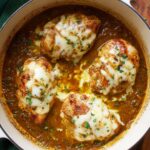
French Onion Chicken Skillet Recipe
- Prep Time: 20 minutes
- Cook Time: 1 hour
- Total Time: 1 hour 20 minutes
- Yield: 4 servings
- Category: Main Course
- Method: Frying
- Cuisine: French
- Diet: Low Salt
Description
French Onion Chicken is a deeply flavorful entree featuring pan-fried chicken breasts topped with a rich sauce of caramelized onions, white wine, and fresh herbs, finished with melted Gruyere and Parmesan cheese. This elegant dish combines classic French onion soup flavors with tender chicken, perfect for impressing guests or a special family dinner.
Ingredients
Onion Sauce
- 2 large yellow onions (1 ⅓ lbs), halved then thinly sliced ⅙"
- 3 tablespoon butter
- Salt and black pepper to taste
- 1 ½ teaspoon minced garlic
- 1 teaspoon minced fresh rosemary
- 1 teaspoon minced fresh thyme
- ½ cup dry white wine (such as Sauvignon Blanc)
- 2 cups low-sodium chicken broth
- 1 ½ teaspoon cornstarch mixed with 1 tablespoon low-sodium chicken broth
Chicken
- 4 (6 oz) chicken breasts, flattened with a meat mallet to even thickness
- ⅓ cup flour
- 1 tablespoon olive oil
- Salt and black pepper to season
- ¾ cup (3 oz) shredded Gruyere cheese
- ¼ cup (0.5 oz) finely shredded Parmesan cheese
Instructions
- Caramelize Onions: In a heavy bottom 4-quart saucepan, melt butter over medium heat. Add onions and 2 pinches of salt; sauté for 10 minutes, tossing occasionally.
- Cook Down Onions: Reduce heat to medium-low and continue cooking onions until they break down and caramelize, stirring frequently and scraping the pan bottom to prevent burning, about 30 minutes. Add garlic, rosemary, and thyme; cook for 1 more minute.
- Add Liquids and Simmer: Pour in white wine and chicken broth, scraping up browned bits from the bottom. Bring to a simmer over medium heat, then reduce heat to medium-low and simmer for 15 minutes until the liquid reduces and alcohol aroma dissipates, stirring occasionally.
- Prepare Chicken: While onions simmer, heat olive oil in a 12-inch skillet over medium-high heat. Season chicken breasts with salt and pepper, dredge each piece in flour, coating both sides and shaking off excess.
- Cook Chicken: Transfer chicken to skillet and cook until golden brown on both sides and internal temperature reaches 160 degrees Fahrenheit, about 5 to 6 minutes per side.
- Thicken Sauce: Whisk cornstarch with 1 tablespoon chicken broth, then pour into the reduced onion mixture, cooking and whisking for 30 seconds until thickened. Adjust seasoning with salt and pepper as needed.
- Combine Chicken with Sauce: Pour the onion sauce into the skillet around the cooked chicken breasts.
- Broil with Cheese: Move oven rack to upper third and preheat broiler. Cover the chicken breasts with Gruyere and Parmesan cheese. Broil until cheese melts and bubbles, about 1 minute, watching carefully to avoid burning.
- Serve: Spoon some of the onion mixture over the chicken when plating and serve immediately.
Notes
- Use low-sodium chicken broth to better control the saltiness of the dish.
- Flatten chicken breasts evenly for uniform cooking.
- Keep a close eye when broiling to prevent cheese from burning.
- White wine adds acidity and depth; Sauvignon Blanc is recommended but other dry white wines work well.
- For a gluten-free version, substitute flour with a gluten-free alternative for dredging and ensure cornstarch is pure.
- This dish pairs nicely with crusty bread, mashed potatoes, or a simple green salad.
Nutrition
- Serving Size: 1 chicken breast with sauce
- Calories: 450 kcal
- Sugar: 6 g
- Sodium: 400 mg
- Fat: 20 g
- Saturated Fat: 10 g
- Unsaturated Fat: 8 g
- Trans Fat: 0 g
- Carbohydrates: 18 g
- Fiber: 2 g
- Protein: 45 g
- Cholesterol: 110 mg

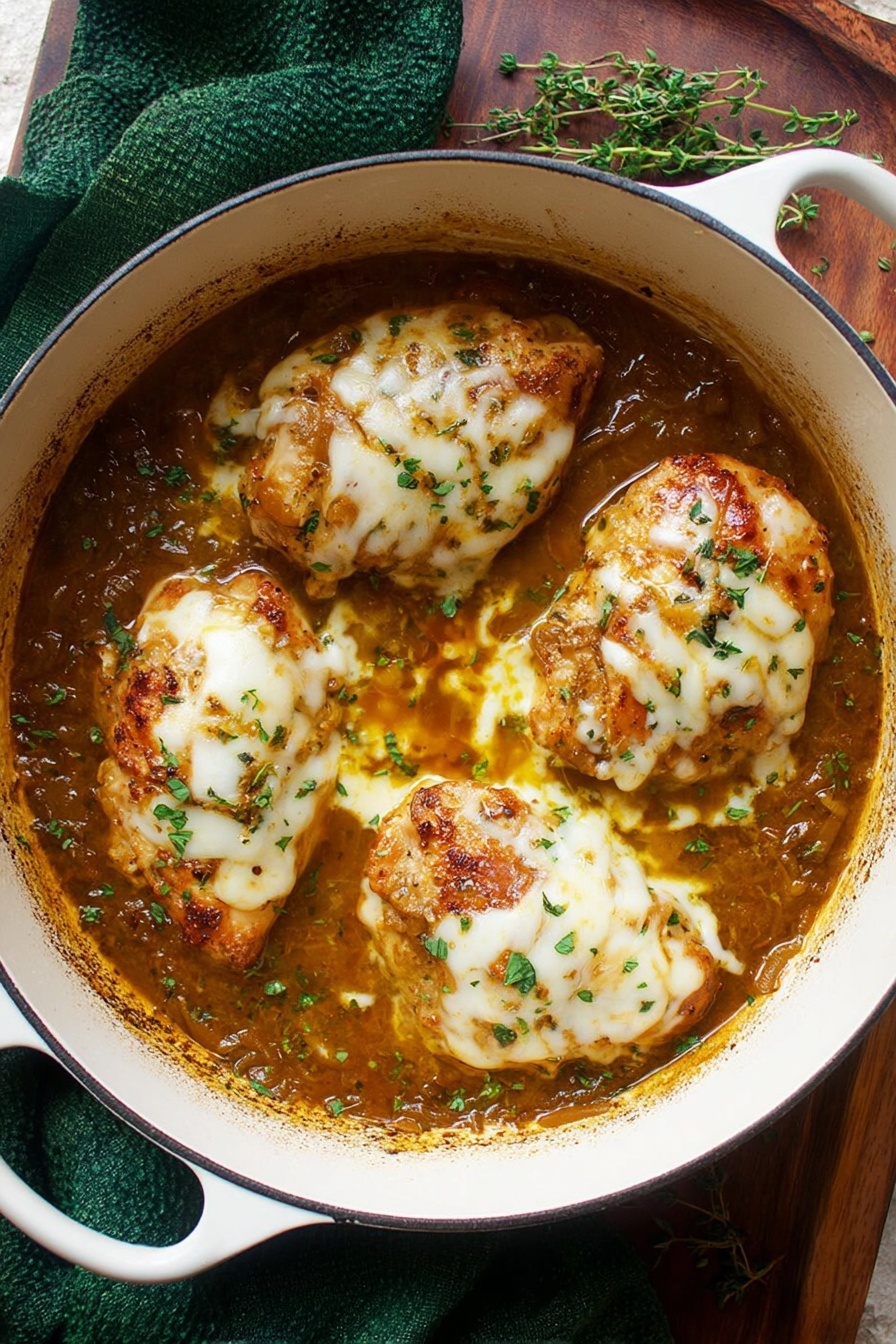
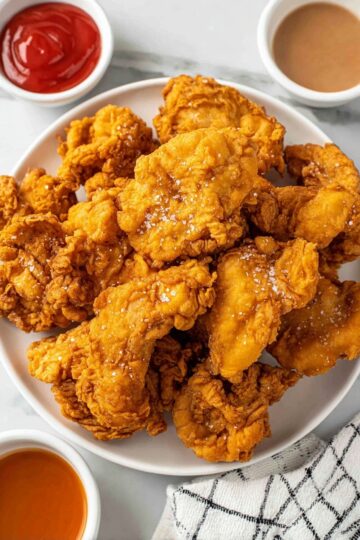
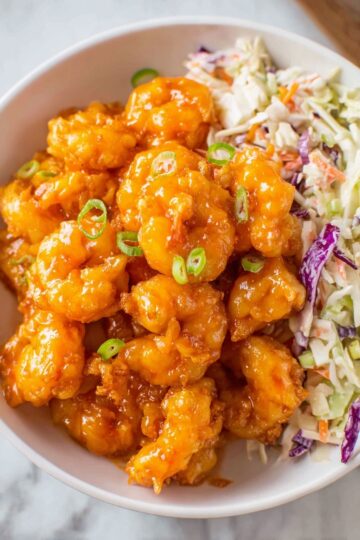
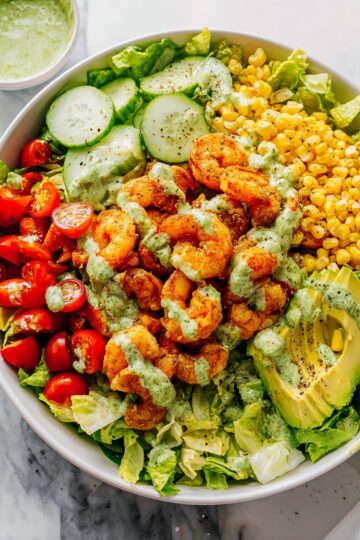
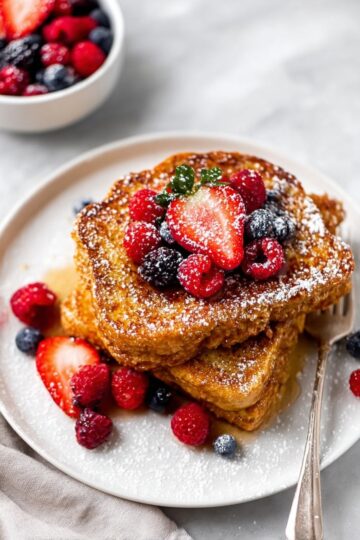

Leave a Reply